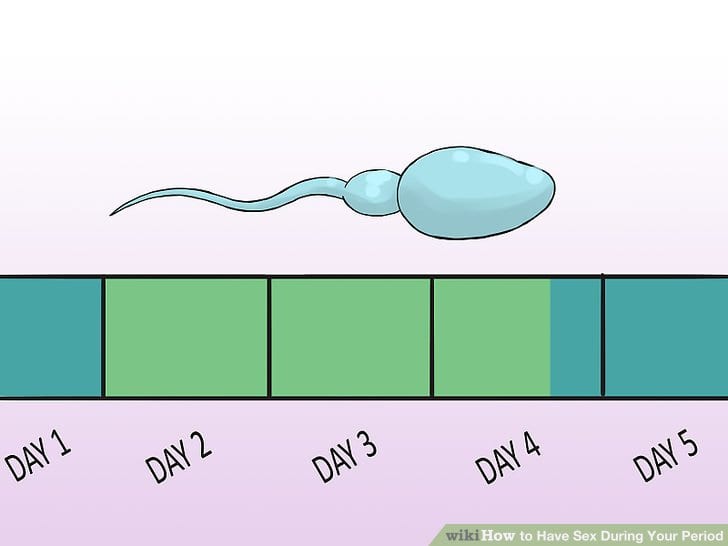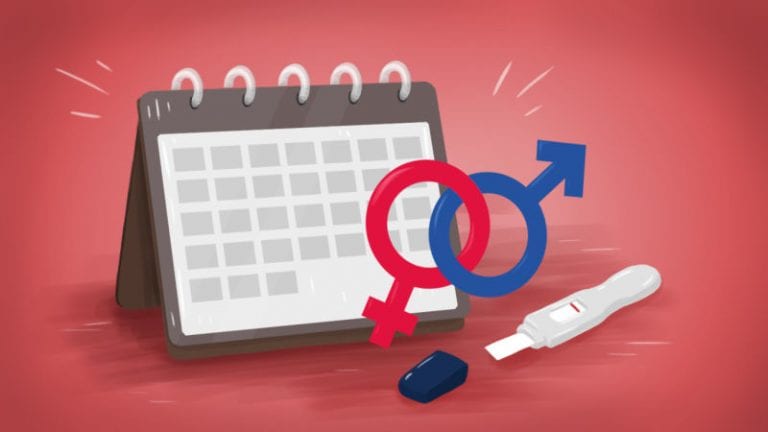Reproduction is one of the main reasons and lifetime goals for almost every species out there, but we humans are a bit different. The thing with us is that reproduction is not the only reason why we have sex, on the contrary, we do it because we enjoy it, because it relieves us of stress, and because it is a way of forming a bond with our partner. And no matter what this or that research claims, women and men enjoy it equally, for many being a pillar of a successful relationship.
Although being a parent is one of the biggest blessings, there are times when you are still not ready for becoming one, and especially women that are sexually active do have a legitimate fear of becoming pregnant before they would want to. Now, people will say, why worry just put on a preservative, take a pill and there is no risk? Well, that might be true, but sometimes things do not turn out as expected, so it is good to know what are the natural safe periods to have a worry free safe sex.

Source: wikiHow
The Safe Period
As all women know, a menstrual cycle is 28 days (for almost 90%). Now, it is no surprise if it varies a bit from month to month, as stress or any hormone change can have an impact on it, but still, 28 days is what is widely known as a period. Taking this in mind the safe period for having sex should be seven days before the menstruation begins, and during it (that together being around 14 days). Also, take into account that this way of determining the safe sex period is only if your cycle is regular at 28 days and if it is longer or shorter calculation is different.
Now, how does conception work at all? Well an egg is released once a cycle, and if fertilized by sperm in the period of next 7-8 days a woman gets pregnant (sperm can live in a body for 6 days, waiting for the egg to be released). Taking this in mind, it should be pretty simple, shouldn’t it? Abstain or use protection for that risky one week period, and go worry-free for the rest of the month. Though in most cases this is relevant, it is still not a 100% correct.

Source: Bustle
The Fertility Period
As explained in the previous section, the menstrual cycle lasts 28 days for most women. Out of those 28 days, 14 are usually the pre-menstrual phase and the menstruation days. Before the pre-menstrual phase, we have the ovulation phase, which usually lasts for 7 days and that is when women’s fertile hormones are on the rise, and the chance of conception is the highest. Still, what is happening during the remaining 7 days? Those days are included in the pre-ovulatory phase, and though not fertile then, it is still recommended to have protected sex few days before the ovulation starts as sperm can live in a body for almost a week. That said, if you would have unprotected sex before ovulation and sperm enters the body, there is a great chance that it will fertilize the egg once the ovulation starts.
Reliability
Little variations from the 28-day cycle should not be a problem when we talk about the reliability of this method, but if your cycle is shorter than 28 days for more than a few months, or it is late all the time, then this might not be for you. Also, women with nearing menopause cannot count 100% on this method, as in that period hormones are changing and the body is unpredictable. Same goes for the girls that just had their first period or if women just gave birth.

Source: Lifehacker – Vitals
Summary
The aim of this article was to give you a better insight into how the women fertility works and what are the chances of conception during a monthly cycle. As mentioned, this calendar is relevant in most of the cases, and if you follow it correctly, you should be able to completely enjoy the worry-free safe sex for two weeks a month at least. Still, keep in mind the importance of protection during the so-called “on” days, and enjoy yourself!
